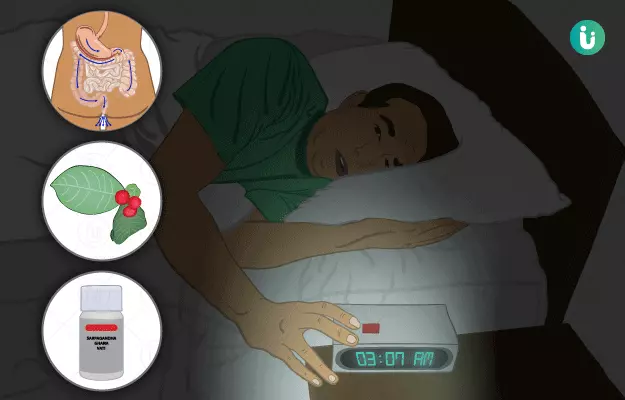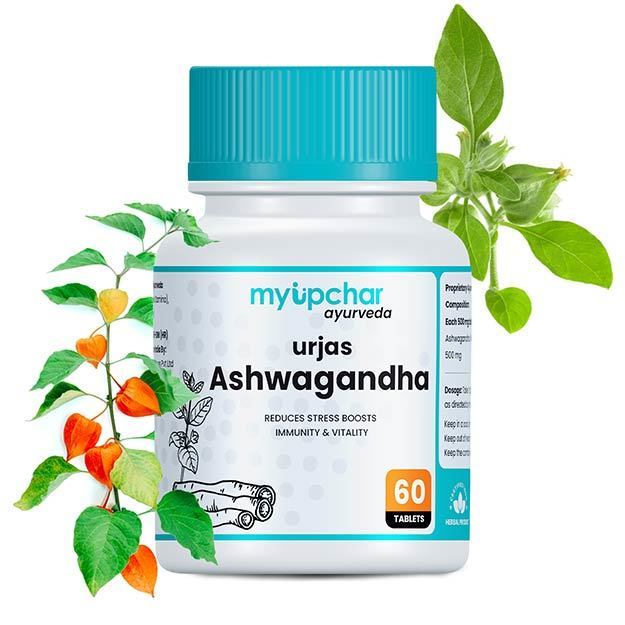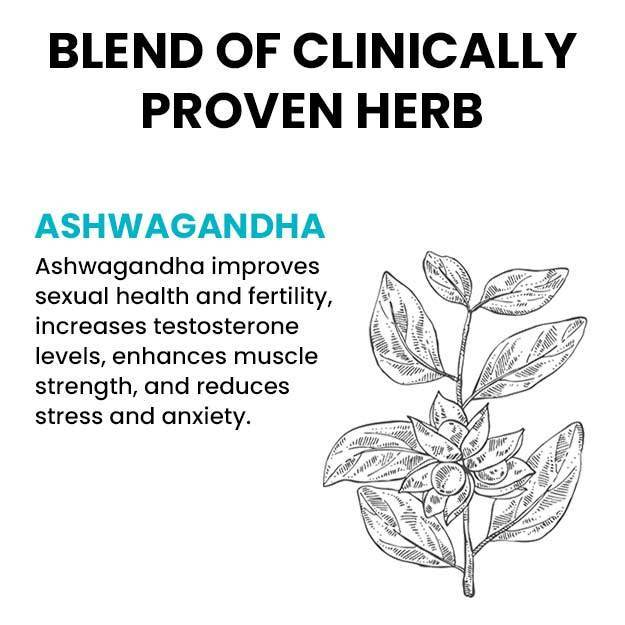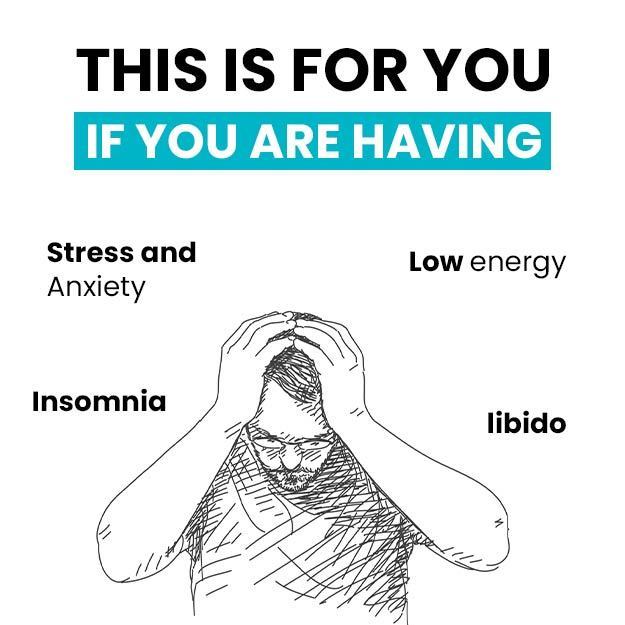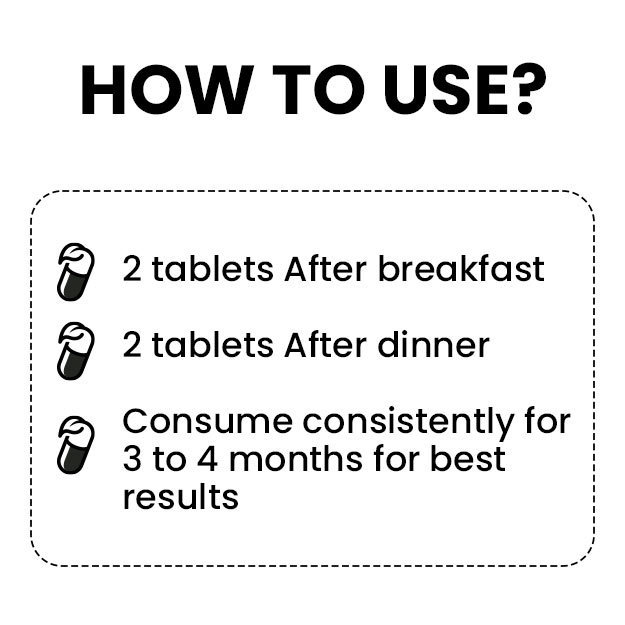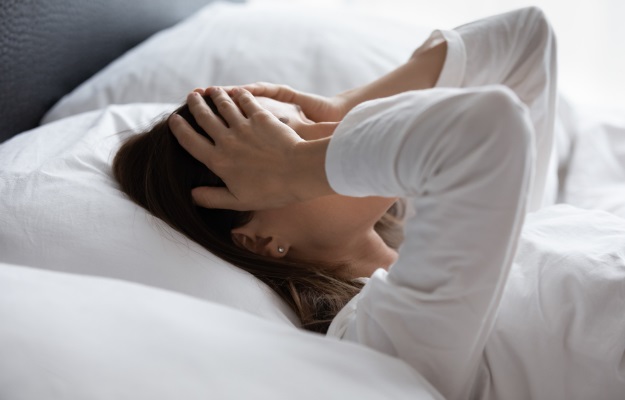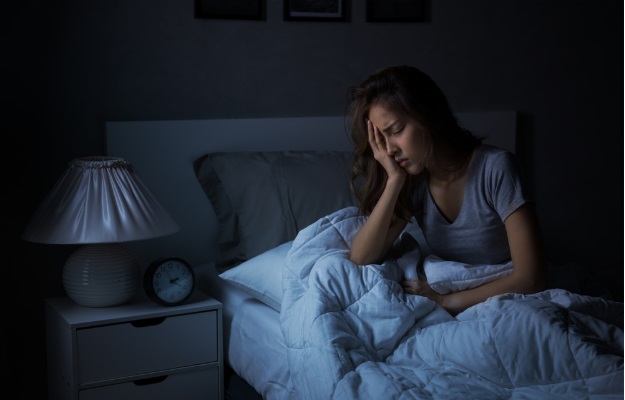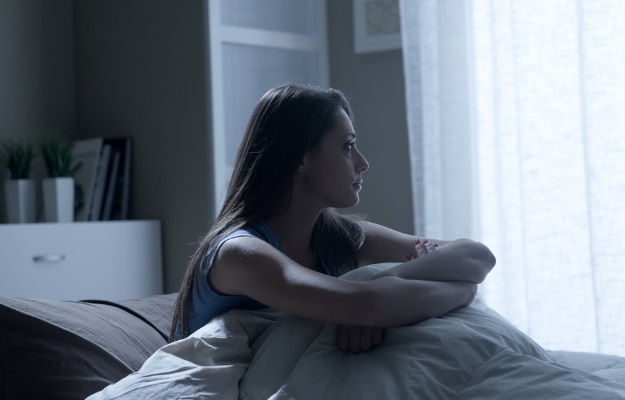Ayurveda helps to manage sleep disorders with the help of a holistic approach. The Ayurvedic treatment procedures and medications used to treat nidranasha or insomnia, a sleep disorder that causes difficulty in falling asleep, are selected based on the underlying cause of insomnia.
Here is the complete detail about the ayurvedic treatment of sleep disorder.
Lifestyle guidelines are prescribed based on a person’s prakriti (constitution) to bring about physical and psychological relaxation and induce an adequate amount of quality sleep. Nidranasha is classified into two types – svatantra nidranasha (primary insomnia), where insomnia occurs as an independent disease, and paratantra nidranasha (secondary insomnia), where insomnia occurs as a symptom, cause, or precursor of other conditions. Medhya rasayana (brain rejuvenative) and panchakarma (five treatment) procedures help manage insomnia by providing relaxing and purifying effects to the body.
Ayurveda suggests home remedies like consuming milk, plain or with khaskhas (poppy) seeds and eating the root of long pepper with jaggery before sleeping. Yoga asanas have also been proven beneficial in inducing sleep. Some Ayurvedic herbs, for example, jatamansi (muskroot), tagara (Indian valerian) and sarpagandha (Indian snakeroot) are used for the treatment of insomnia. The methods and medications used in Ayurveda to treat insomnia aim at regulating emotions and behaviour along with sleeping patterns.
(Read More - Hypersomnia treatment)
- Ayurvedic view of insomnia
- Ayurvedic remedies for insomnia
- Ayurvedic herbs and medicines for insomnia
- Dietary and lifestyle changes for insomnia as per ayurveda
- How effective are ayurvedic medicines and remedies for insomnia
- Side effects and risks of ayurvedic medicine and remedies for insomnia
- Takeaway
Ayurvedic view of insomnia
Anidra, or insomnia, is a sleep disorder that is caused due to aggravated levels of pitta and vata in the body. Living with certain diseases like asthma, muscle fatigue, arthritis, diabetes, taking certain medications or following an erratic lifestyle causes vitiation in the doshas, leading to sleep problems.
Waking up in the night, difficulty falling asleep at bedtime, difficulty going back to sleep after waking up at night, decreased concentration levels, fatigue during the daytime and early awakening are some of the symptoms observed with insomnia.
Lack of sleep leads to other conditions like constipation, body pain, loss of appetite, irritability and dry skin. Ayurvedic treatments target at enhancing the kapha and tama levels in the body as they help in providing good sleep.
(Read More - Sleep talking treatment)
Ayurvedic remedies for insomnia
- Nidana parivarjana
Nidana parivarjana means to avoid the nidanas (causes) of a disease. This includes methods that can help prevent the cause of the disease itself. For instance, since following an irregular diet and eating faulty foods is one of the main reasons for diseases, aharaja nidanas (dietary causes) like langhana (fasting), vatika annapana (a diet that aggravates vata in the body), etc. should be avoided. Nidana parivarjana helps treat a condition by preventing the progression and future relapse of the disease. Thus, Ayurveda recommends nidana parivarjana as the first line of treatment for insomnia. To completely alleviate insomnia it is best to avoid all the causes of this condition, which includes- Dietary and lifestyle habits that vitiate vata or pitta, drugs or stimulants that cause insomnia and suppression of natural urges.
- Shodhana chikitsa (purification therapy)
The procedures that are recommended for shodhana chikitsa of nidranasha are virechana (purgation), basti (enema) and nasya (snuffing).- Virechana
Virechana (purgation) is one of the panchakarmas, the five treatments that purify the body. The purgatives used in this process like aloe and rhubarb eliminate the excess pitta from the body. They are specifically helpful in treating pitta-related diseases such as insomnia. Virechana is used to treat liver disorders, gallstones, kidney stones, dysentery and constipation as well. Virechana is not recommended in people with vitiated vata dosha, recent fever, ulcers or poor digestion. - Basti karma (enema)
This is one of the primary panchakarma treatments for reducing vata dosha. In this treatment method, a laxative action is induced with medicated decoctions or oils. It reduces vata dosha and its related disorders by moistening dry tissues and organs. Basti treatments typically given for insomnia include tikta ksheera basti and yapana basti or matra basti. - Nasya
Nasya, one of the five panchakarmas, uses the nasal route to administer herbs and herbal formulations to the body. It can help treat diseases related to the head, throat, senses and neck. Along with treatment of the diseases, nasya also tones muscles in these organs. Diseases like tumours, convulsions, loose teeth, speech disorders, hoarse voice and facial paralysis can be treated with nasya karma (therapy). The herbs are given using any of the five forms of nasya, which are smoking, pressing, blowing, snuffing and smearing. Medicines such as gau ghrita and brahmi ghrita are used in nasya karma for insomnia as they pacify the vata and pitta doshas, reduce stress, and increase sleep quality.
- Virechana
- Shamana chikitsa (pacification therapy)
The procedures, which are recommended for shamana chikitsa in nidranasha are snehana (oleation), murdha taila (head oil), and dhara.- Snehana
Oil therapy, either with internal or external administration of oil, is an essential treatment method used in Ayurveda. Various oils like sesame oil, medicated oils and even essential oils are used in this process. Snehapana (consuming oil or ghee) is mostly recommended along with snehana. Herbs like yashtimadhu (mulethi), guduchi (giloy, heart-leaved moonseed), haritaki (chebulic myrobalan), and katuka (kutki) are infused in oils to perform snehana. This therapy can help treat many conditions like alcohol addiction, tremors, arthritis, constipation, convulsions and insomnia. They also help improve strength, alertness, complexion and tone the body. - Murdha taila
Murdha taila is the process of applying oil on the head to prevent conditions such as hair loss, greying and matting of hair, cracking of the scalp skin, vata disorders of the head, and insomnia. Lukewarm sesame oil, chandanadi taila, ksheerabala taila or other medicated oils are applied to the head to improve sleep duration and quality. The two methods used to apply oil on the head are 1) pouring the oil in a continuous stream. This method helps to get rid of boils, wounds, ulceration and burning sensation. 2) Wrapping a cloth soaked in oil over the head. This method prevents burning sensation and hair loss. - Dhara
The process of dhara includes pouring warm medicated liquids and oils over the body. This method is employed for the treatment of disorders related to vitiated pitta and vata. The herbs and foods used in this process reduce the imbalance of all the doshas in body. It draws out ama (toxins), kapha and excess fat from body. Chandanadi taila and ksheerabala taila can be used in the dhara treatment for insomnia. The two methods used in dhara process are- Soaking the body in a tub filled with medicinal decoction and application of medicated liquids with a cloth on specific body parts. This method provides relaxation to the body and reduces physical and mental stress, thereby inducing sleep and managing insomnia.
- Snehana
- Medhya rasayana
Medhya rasayana therapy works on the mind to improve intellect. This therapy includes the administration of brain tonics, such as brahmi (waterhyssop), which is commonly used for its memory-enhancing and anti-depressant properties and for promoting sleep. It also rejuvenates the brain functions. Other herbal formulations like guduchi juice, liquorice powder with milk, and paste made from shankhapushpi (aloe weed) leaves, etc., are also used as herbal tonics in Ayurveda. Jatamansi is yet another medhya herb used in the treatment of insomnia.
(Read More - Sleep paralysis treatment)
Ayurvedic herbs and medicines for insomnia
Ayurvedic Herbs for Insomnia
- Jateephala (nutmeg)
- The components of nutmeg are used to prepare butter and essential oils. The oil obtained from this herb has medicinal properties, which are helpful in the treatment of irritated skin and rheumatism. These oils are also used in making perfumes and soaps.
- Nutmeg is known to have the best sedative properties as compared to other spices. It is an astringent with stimulant and carminative properties. It helps provide relief from incontinence, abdominal pain, anxiety, nervousness, and insomnia.
- You can take jateephala churna with milk for around 15 days before bedtime or as per your physician’s direction.
- Pippalimula (long pepper root)
- Pippali has expectorant (expels mucus), analgesic (pain reliever), anti-helminthic (destroys parasitic worms) and aphrodisiac properties (increases libido). It acts on the respiratory and digestive systems.
- Pippali is used to treat many conditions including asthma, gout, sciatica, laryngitis and cold. It helps in the treatment of diseases by drawing out ama from the body and improving the digestive fire.
- The mula (root) of pippali is used in a powder form to treat insomnia. You can take pippalimula churna with jaggery for about 15 days to 1 month twice a day after meals or as per your physician’s direction.
- Sarpagandha (Indian snakeroot)
- Sarpagandha is mainly used to treat high blood pressure. It helps to relax and lower the blood pressure and thus helps treat conditions caused by irritation of the central nervous system.
- It is available in decoction and pill forms as well and is used to treat fever, dysentery, bowel disorders and insanity. The plant has sedative properties, which makes it useful for treating insomnia.
- You can take sarpagandha churna with lukewarm water for about 15 days to 1 month twice a day after meals or as per your physician’s direction.
- Tagara
- Tagara is known for its sedative, carminative and stimulant activities in Ayurveda. It acts on the respiratory, nervous and digestive systems.
- Tagara is known as one of the best herbs to treat vata-related disorders. It is used in the treatment of migraine, dysmenorrhea, delirium, vertigo, epilepsy, insomnia and palpitations. Tagara eliminates toxins from the blood, nerve channels and joints.
- It is available in the form of pills, decoctions, powders and infusions. You can take tagara churna with water for about 15 days to 1 month twice a day after meals or as per your physician’s direction.
- Jatamansi (musk root)
- Jatamansi is another herb that is effective in treating insomnia. Jatamansi is a brain tonic. It relaxes the nervous system and brain and causes vasodilation.
- It also has anxiolytic, anti-depressant and anti-hypertensive properties. Jatamansi reduces stress and promotes sleep; thus, it is useful in stress-related health issues and insomnia.
Ayurvedic Medicines for Insomnia
- Sarpagandha ghana vati
- Sarpagandha ghana vati is a classical formulation in Ayurveda that is used to treat insomnia, hypertension and anxiety. This formulation includes pippalimula, sarpagandha, khurasani ajowan (caraway), and jatamansi.
- You can take sarpagandha ghana vati with water for about 15 days to 1 month after dinner or as per your physician’s directions.
- Ashwagandhadi churna
- Ashwagandha promotes fertility, is a cardiotonic, anti-bacterial, and has anti-ageing and liver-protective effects. Ashwagandhadi churna is a polyherbal formulation with ashwagandha as its primary constituent.
- Ashwagandha helps the body sustain and reserve energy levels during the day and promotes peaceful and sound sleep at night. This formulation is typically recommended in skin diseases like vitiligo. It also helps with premature hair greying and wrinkled skin. You can take ashwagandhadi churna with milk for about 15 days to 1 month at bedtime or as per your physician’s direction.
- Saraswata churna
- According to Ayurveda, regular consumption of saraswata churna improves memory, cognition, intellect and mental functions. Saraswata churna includes rock salt, ashwagandha, shunthi (dried ginger), brahmi, pippali and other herbs.
- It is used to treat many mental conditions including depression, memory loss, and psychosis. Promoting adequate sleep is also one of the benefits of saraswata churna, which is useful in treating insomnia.
- You can take saraswata churna with ghrita (clarified butter) for about 15 days to 1 month twice a day after meals or as per your physician’s direction.
As treatments vary according to numerous factors and an individual’s prakriti, consult a qualified Ayurvedic doctor for the appropriate medications and treatments for your specific complaints.
(Read More - Sleepwalking treatment)
Dietary and lifestyle changes for insomnia as per ayurveda
Do’s
- Eat nutritious and easily digestible foods.
- Have dinner at least two hours before bedtime.
- Sleep on a comfortable bed, and place your bed in a peaceful and relaxed setting in accordance with the surroundings and the season.
- Keep your mind relaxed and peaceful. Think positive and have a relaxed attitude.
- Take a walk after dinner.
- Massage your feet and head, wash your feet with warm water and drink milk, preferably buffalo milk, at bedtime.
- Take a bath regularly.
- Listen to light music before bed.
- Practise yoga and meditation before bed.
- Include curd, ghee, sugarcane, grapes, wheat, black gram, milk, shali rice and khaskhas in your diet.
Don’ts
- Avoid consuming stimulants like tea and coffee.
- Do not smoke or drink alcohol.
- Do not sleep during the day.
- Avoid hectic and irregular daily routines as much as possible.
- Do not have an excessive sexual indulgence.
- Do not overexert yourself.
- Do not get physically and mentally excited before bedtime.
(Read More - Narcolepsy treatment)
How effective are ayurvedic medicines and remedies for insomnia
A double-blind study proved that ashwagandha reduces non-restorative sleep (sleep that is insufficiently refreshing), which is one of the major cause of insomnia.
Jatamansi along with brahmi, when administered as taila-dhara is the best option for nidranasha. It also helps reduce irritability, depression and anxiety.
(Read More - Sleep and mental health)
Side effects and risks of ayurvedic medicine and remedies for insomnia
Sarpagandha churna, if taken in excess, has lethal effects on the body.
Excess doses of tagara may make you mentally dull. It may also cause paralysis. Therefore, tagara should strictly be taken under your physician’s supervision.
The use of ashwagandha should be avoided in people with hyperthyroidism. If taken in high doses, it can provoke intestinal problems and have hypnotic and sedative effects. Pregnant women should avoid taking ashwagandha.
Nasya should not be taken during fasting, before or after a meal, or if feeling thirsty. Nasya should not be done just after consuming alcohol or water, oleation, getting angry, feeling fatigued or if in grief.
(Read More - Ways to overcome insomnia)
"Ashwagandha, an ancient remedy, eases stress naturally. Its adaptogenic properties calm the mind, promoting relaxation and enhancing overall well-being effectively."
Takeaway
Nidra (sleep) is an essential act that determines an individual ’s health. It affects both the mental and physical well-being. Ayurveda uses herbal tonics and formulations to relax the body and eliminate toxins, thereby inducing good quality sleep. Methods like nidana parivarjana and procedures like dhara and murdha taila help relax the body and mind. The herbs and formulations of Ayurveda that are used to treat insomnia reduce anxiety, depression and other conditions that cause difficulty in falling asleep and sleep disturbances. Ayurveda also suggests yoga and meditation in order to attain mental peace and physical strength. The tonics, foods and remedies that are recommended before bedtime or after dinner prove effective in inducing good quality sleep.
(Read More - Homeopathic Treatment for Insomnia)
Find Ayurvedic Doctor in cities
Doctors for Ayurvedic medicine and remedies for Insomnia

Dr. Megha Sugandh
Ayurveda
6 Years of Experience

Dr. Nadeem
Ayurveda
3 Years of Experience

Dr.Ashok Pipaliya
Ayurveda
12 Years of Experience

Dr. Harshaprabha Katole
Ayurveda
7 Years of Experience
References
- Central Council for Resarch in Ayurvedic Sciences; Ministry of Ayush. What is Insomnia?. Government of India.
- D’souza Vinitha. An Approach To Sleep And Insomnia According To Ayurveda – A Review. International Ayurvedic Medical Journal, Volume 6, Issue 8, August - 2018.
- Ministry of AYUSH, Govt. of India. Ayurvedic Standard Treatment Guidelines . [Internet]
- Deepthi Viswaroopan. Undernutrition In Children: An Updated Review. International Journal of Research IN, 8 (Suppl 2), 2017.
- Bhushan Patwardhan. Bridging Ayurveda with evidence-based scientific approaches in medicine. EPMA J. 2014; 5(1): 19, PMID: 25395997.
- K. Pundarikakshudu, C. J. Bhatt. Design, Development and Rationalization of Sarpagandha Ghanvati. Indian Journal of Pharmaceutical Sciences, September - October 2015.
- Dr. Sudhanshu Kumar Meher, Dr. Banmali Das, Dr. Purnendu Panda, Dr. G.C. Bhuyan, Dr. M.M. Rao. Uses of Withania somnifera (Linn) Dunal (Ashwagandha) in Ayurveda and its Pharmacological Evidences. Research Journal of Pharmacology and Pharmacodynamics, 8(1): Jan.-Mar., 2016; Page 23-29.
- Deshpande A, Irani N, Balakrishnan R. Study protocol and rationale for a prospective, randomized, double-blind, placebo-controlled study to evaluate the effects of Ashwagandha (Withania somnifera) extract on nonrestorative sleep.. Medicine (Baltimore). 2018 Jun;97(26):e11299, PMID: 29953014.

